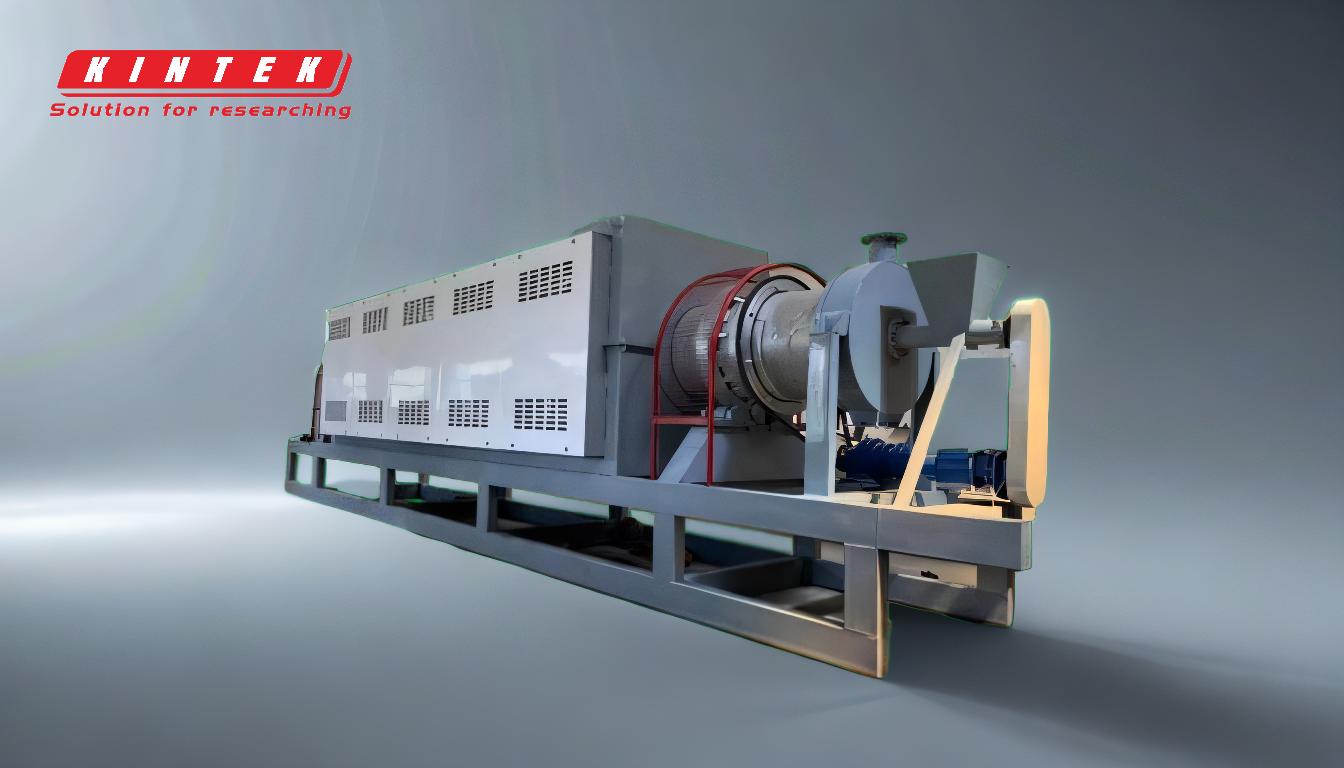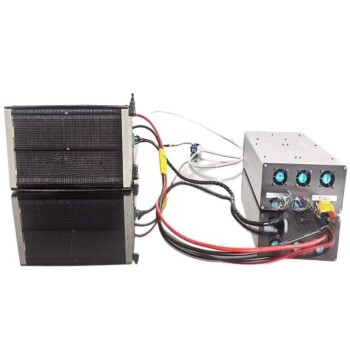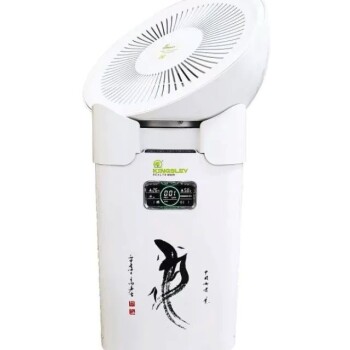Pyrolysis of solid waste offers numerous advantages, making it a highly effective and environmentally friendly waste management solution. It significantly reduces the volume of waste sent to landfills, converting it into valuable products such as fuel with high energy density, biochar, and chemical products. The process is versatile, capable of handling a wide range of materials, including plastics and biomass, and contributes to renewable energy production. Additionally, modern pyrolysis equipment is designed for efficiency, safety, and environmental sustainability, featuring advanced technologies like automatic feeding, corrosion-resistant designs, and dust removal systems. These benefits make pyrolysis a cost-effective and sustainable approach to waste management.
Key Points Explained:

-
Waste Reduction and Landfill Diversion:
- Pyrolysis significantly reduces the volume of solid waste, minimizing the amount sent to landfills.
- This diversion helps mitigate the environmental impact of waste disposal, such as soil and water contamination, greenhouse gas emissions, and space constraints in landfills.
-
Conversion of Waste into Valuable Products:
- The process transforms solid waste into useful products, including:
- High-energy-density fuel: Suitable for energy generation, reducing reliance on fossil fuels.
- Biochar: A carbon-rich material that emits minimal soot and can be used as a soil amendment or in carbon sequestration.
- Chemical products: Useful in various industrial applications.
- The process transforms solid waste into useful products, including:
-
Versatility in Processing Materials:
- Pyrolysis can handle a wide range of materials, such as:
- Polymer waste (plastics): Addressing the global plastic waste crisis.
- Biomass: Converting agricultural and forestry residues into energy and other valuable products.
- This flexibility makes it a scalable solution for diverse waste streams.
- Pyrolysis can handle a wide range of materials, such as:
-
Environmental Benefits:
- Pyrolysis reduces greenhouse gas emissions compared to traditional waste disposal methods like incineration or landfilling.
- It supports renewable energy production, aligning with global efforts to transition to sustainable energy sources.
- The process minimizes soot and other harmful emissions, contributing to cleaner air.
-
Economic Viability:
- Pyrolysis equipment is designed to be cost-effective, with features that ensure quick return on investment.
- The waste management business using pyrolysis technology generates high income through the sale of end products like fuel and biochar.
-
Advanced Pyrolysis Equipment Features:
- Modern pyrolysis systems incorporate several innovative features for efficiency and safety:
- Normal pressure operation: Prevents gas leaks and enhances safety.
- Horizontal upper drive rotating structure: Ensures even heating and extends equipment lifespan.
- Corrosive gas removal: Special processes protect the equipment and improve operational reliability.
- Automatic feeding and slag discharging: Reduces manual labor and increases efficiency.
- Countercurrent wet dust removal: Minimizes dust emissions and improves environmental performance.
- Compact design: Occupies less space while yielding higher oil production.
- Blockage prevention: Advanced condensation systems and refined designs ensure smooth operation.
- Modern pyrolysis systems incorporate several innovative features for efficiency and safety:
-
Growing Importance in Renewable Energy:
- As global demand for renewable energy increases, pyrolysis is gaining prominence as a sustainable method to produce energy from waste.
- It complements other renewable energy technologies by providing a reliable source of fuel and reducing dependency on non-renewable resources.
-
Safety and Environmental Compliance:
- Pyrolysis equipment is designed with safety in mind, incorporating features like corrosion-resistant materials and blockage prevention systems.
- The process adheres to environmental regulations, making it a responsible choice for waste management.
In summary, pyrolysis of solid waste offers a comprehensive solution to modern waste management challenges. It combines environmental sustainability, economic viability, and technological innovation to create a circular economy model that benefits both industries and the planet.
Summary Table:
| Key Advantages | Details |
|---|---|
| Waste Reduction | Minimizes landfill use, reduces environmental impact. |
| Valuable Products | Produces fuel, biochar, and chemicals for industrial use. |
| Versatility | Processes plastics, biomass, and more. |
| Environmental Benefits | Lowers greenhouse gas emissions, supports renewable energy. |
| Economic Viability | Cost-effective with high ROI from product sales. |
| Advanced Equipment Features | Automatic feeding, corrosion resistance, dust removal, and compact design. |
| Safety & Compliance | Meets environmental regulations, ensures safe operation. |
Ready to revolutionize your waste management with pyrolysis? Contact us today to learn more!













